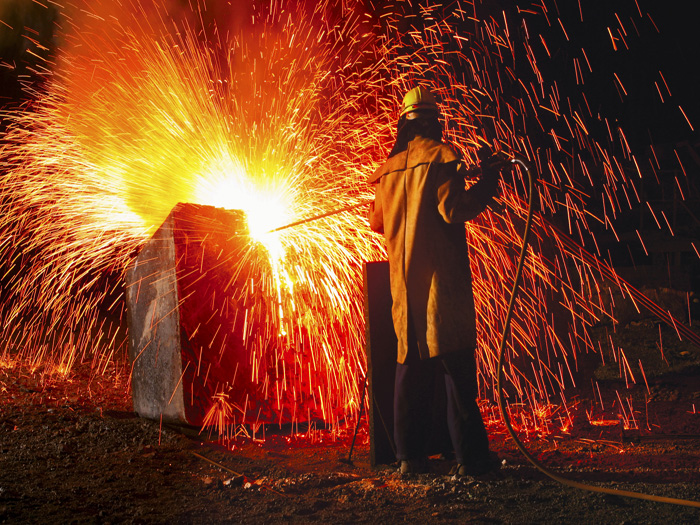OSHA Update
Occupational Heat Exposure Examined

The cleanup of the 2010 Deep Water Horizon oil spill is cited as a reason for the government to consider updating its standard on occupational heat exposure. Two government agencies are seeking input as they determine whether and how to revise the original document.
The criteria document on hot environments was originally published in 1986. It identified the effects of heat and offered information on measuring techniques and suggested prevention and control actions.
“In recent years, including during the oil spill response of 2010, questions were raised regarding whether this document needed to be updated with additional research and findings,” said a statement from the National Institute for Occupational Safety and Health and the Centers for Disease Control and Prevention. “Recent literature was reviewed to determine areas that needed updating and revision.”
During a hearing in Cincinnati next month, government officials will seek input on the following questions about the current standard:
- Is worker acclimatization clearly explained and presented?
- Are there any additional recommendations that should be made?
- Is there any additional information on hydration that should be considered?
- Are there any additional risk factors for heat-related illnesses that should be discussed?
- Are there any additional examples of auxiliary body cooling and protective clothing that should be included?
- Are there any additional research needs that should be mentioned?
- Are there any additional references that should be included?
“Workers who are exposed to extreme heat or work in hot environments may be at risk of heat stress. Exposure to extreme heat can result in occupational illnesses and injuries,” the agencies said. “Heat stress can result in heat-related illnesses such as heat stroke, heat exhaustion, heat cramps, or heat rashes. Heat can also increase the risk of injuries in workers as it may result in sweaty palms, fogged-up safety glasses, and dizziness. Burns may also occur as a result of accidental contact with hot surfaces or steam.”
Those most at risk include outdoor workers and those who work in hot environments such as firefighters, bakery workers, farmers, construction workers, miners, boiler room workers, and factory workers.










